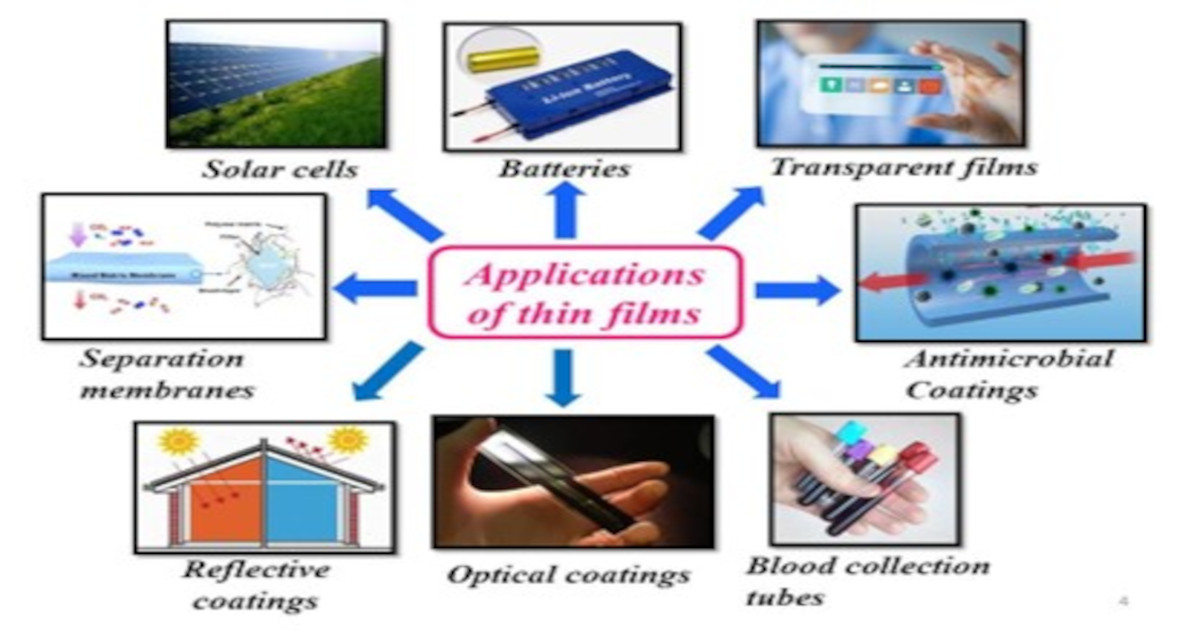- 2.8Impact Factor
- 5.5CiteScore
- 16 daysTime to First Decision
Advances in Polymer Films and Coatings: Preparation, Characterization and Applications
This special issue belongs to the section “Materials Processes“.
Special Issue Information
Dear Colleagues,
Polymer films and coatings play a critical role in diverse industries, including healthcare, packaging, electronics, automotive, and aerospace. Recent advancements in polymer synthesis, functionalization, and characterization techniques have led to the development of high-performance coatings with enhanced mechanical, thermal, optical, and barrier properties. Furthermore, the emergence of sustainable and bio-based coatings has gained significant attention due to growing environmental concerns and regulatory restrictions.
This Special Issue aims to bring together the latest research and developments in polymer films and coatings, focusing on their preparation, characterization, and applications. Contributions that highlight innovative synthesis methods, advanced characterization techniques, theoretical modeling, and industrial applications are particularly encouraged.
Topics of Interest
We invite researchers and industry professionals to submit original research articles, reviews, and perspectives on topics including, but not limited to, the following:
- Novel polymer film and coating formulations;
- Functional coatings with antimicrobial, self-healing, or smart properties;
- Advances in drying, curing, and crosslinking mechanisms;
- Advanced characterization techniques for structural and functional analysis;
- Modeling and simulation of coating formation and performance;
- Sustainable and bio-based polymer coatings;
- Applications in healthcare, energy, automotive, packaging, and electronics.
Dr. Raj Kumar Arya
Dr. George Verros
Guest Editors
Manuscript Submission Information
Manuscripts should be submitted online at www.mdpi.com by registering and logging in to this website. Once you are registered, click here to go to the submission form. Manuscripts can be submitted until the deadline. All submissions that pass pre-check are peer-reviewed. Accepted papers will be published continuously in the journal (as soon as accepted) and will be listed together on the special issue website. Research articles, review articles as well as short communications are invited. For planned papers, a title and short abstract (about 250 words) can be sent to the Editorial Office for assessment.
Submitted manuscripts should not have been published previously, nor be under consideration for publication elsewhere (except conference proceedings papers). All manuscripts are thoroughly refereed through a single-blind peer-review process. A guide for authors and other relevant information for submission of manuscripts is available on the Instructions for Authors page. Processes is an international peer-reviewed open access semimonthly journal published by MDPI.
Please visit the Instructions for Authors page before submitting a manuscript. The Article Processing Charge (APC) for publication in this open access journal is 2400 CHF (Swiss Francs). Submitted papers should be well formatted and use good English. Authors may use MDPI's English editing service prior to publication or during author revisions.
Keywords
- polymer films
- functional coatings
- sustainable coatings
- advanced characterization
- smart coatings
- bio-based polymers
- drying and curing mechanisms
- barrier properties
- antimicrobial coatings
- modeling and simulation of coatings

Benefits of Publishing in a Special Issue
- Ease of navigation: Grouping papers by topic helps scholars navigate broad scope journals more efficiently.
- Greater discoverability: Special Issues support the reach and impact of scientific research. Articles in Special Issues are more discoverable and cited more frequently.
- Expansion of research network: Special Issues facilitate connections among authors, fostering scientific collaborations.
- External promotion: Articles in Special Issues are often promoted through the journal's social media, increasing their visibility.
- e-Book format: Special Issues with more than 10 articles can be published as dedicated e-books, ensuring wide and rapid dissemination.

